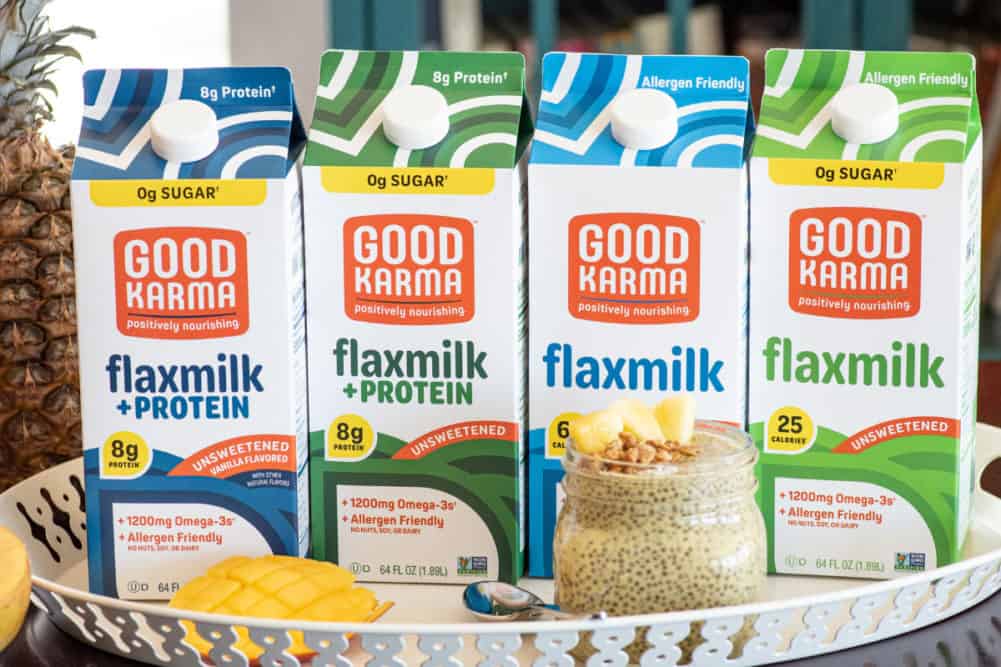Quotes from PHYS.ORG, January 30, 2024
With the growing demand for protein due to the rising global population, scientists have been exploring the possibility of producing meat from animal cells cultured in labs, also known as cultivated or lab-grown meat. These cell cultures could be supported by plant proteins that are edible and affordable. A recent study published in ACS Biomaterials Science & Engineering showed that glutenin, a wheat protein that does not cause allergies, was able to grow both muscle and fat layers that mimic the structure and composition of conventional meat.

To produce lab-grown meat, animal cells need a surface or structure to attach to and grow. Plant proteins are attractive options for the structures because they can be eaten, are widely available and cheap. Earlier studies have demonstrated that a plant-derived layer of glutenin was effective in growing cow muscle cells in the lab. However, for this method to create a realistic meat substitute, the muscle cells have to arrange themselves in parallel strands, resembling the texture of natural tissues.
To produce a realistic meat alternative, the 3D structure also requires fat to mimic the composition of conventional meat products. The researchers, led by Ya Yao, John Yuen, Jr., Chunmei Li and David Kaplan, decided to use glutenin, a protein in gluten that usually does not trigger allergic reactions in people with celiac disease or gluten sensitivity, to make plant-based films that could support the growth of both muscle and fat layers.
** To access the complete text, please click here **








